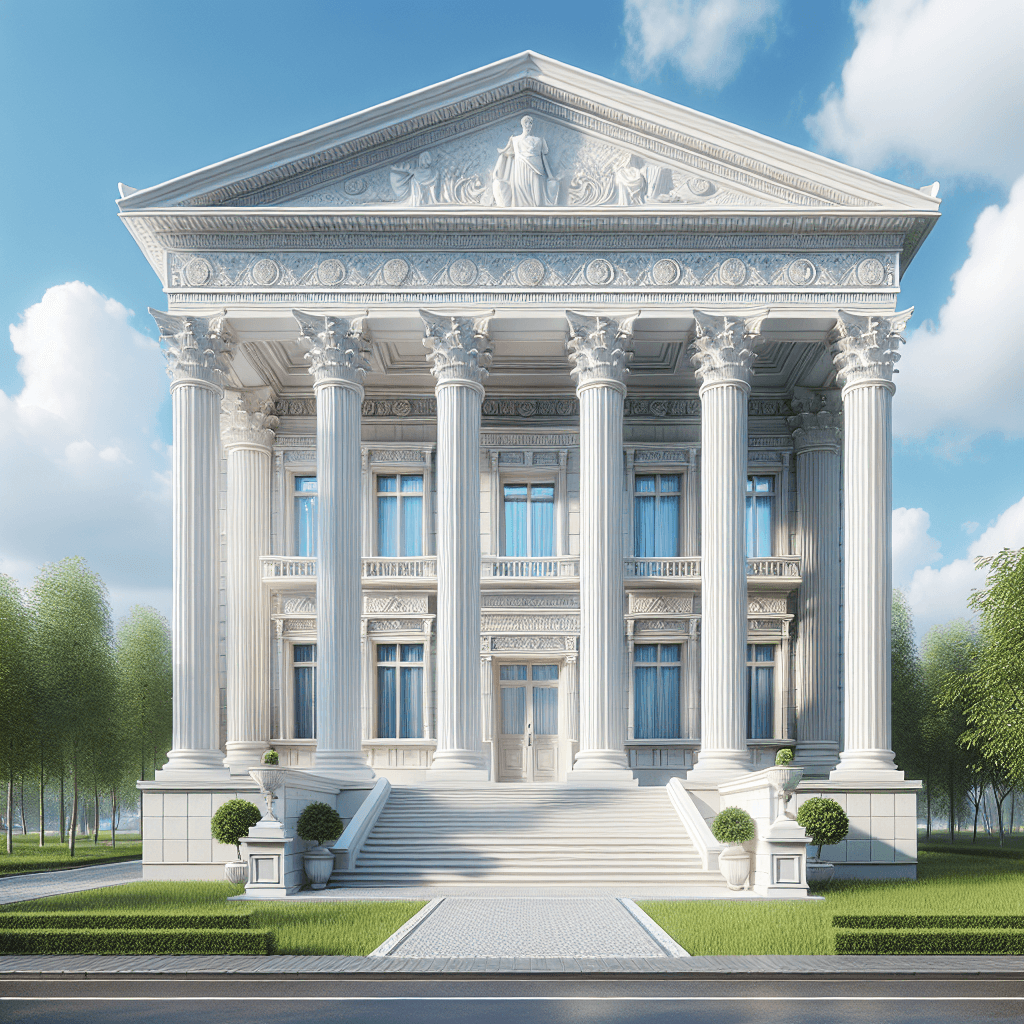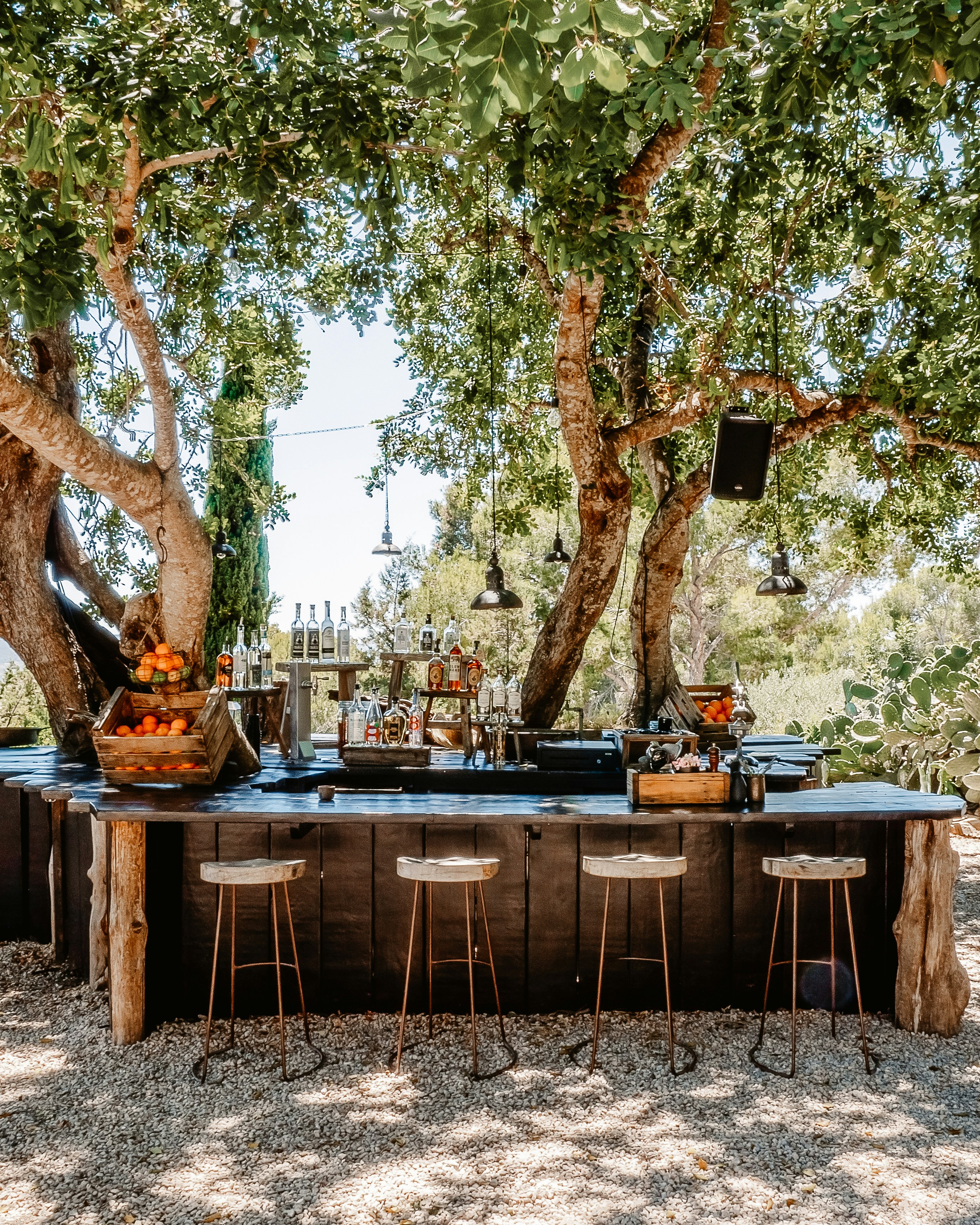Home Features
A Glimpse into Timeless Elegance: Features of Greek Revival Homes
Greek Revival architecture, rooted in the classical designs of ancient Greece, has left an indelible mark on the world of residential structures. Characterized by grandeur, symmetry, and a nod to the aesthetic principles of antiquity, Greek Revival homes evoke a sense of timeless elegance. In this article, we'll explore the distinctive features of Greek Revival homes, highlight regions where they are popular, and provide examples that showcase the enduring allure of this architectural style.
Key Features of Greek Revival Homes:
1. Columns and Pediments:
Greek Revival homes are renowned for their iconic columns, often featuring large, stately columns supporting a pediment. The columns are typically of the Doric or Ionic order, conveying a sense of classical grandeur.
2. Symmetry and Balance:
Symmetry is a defining characteristic, with an emphasis on balanced proportions and a sense of order. The facades often exhibit a central entryway flanked by evenly spaced windows on either side.
3. Triangular Gable Roofs:
Greek Revival homes commonly feature triangular gable roofs with a pediment at the front, adding to the overall classical aesthetic.
4. Simple Color Palette:
The color palette of Greek Revival homes tends to be simple and elegant. White is a prevalent choice, accentuating the classical details and conveying a sense of purity.
5. Porticos and Entryways:
Elaborate porticos and entryways are a hallmark of Greek Revival design. The front entrance is often highlighted by a grand staircase, creating a sense of arrival.
6. Elevated First Floor:
Greek Revival homes frequently have an elevated first floor, creating a sense of prominence and enhancing the classical proportions of the structure.
7. Classical Ornamentation:
Classical motifs and ornamentation, such as dentil molding, friezes, and cornices, contribute to the overall sophistication of Greek Revival homes.
Regions Where Greek Revival Homes Are Popular:
Greek Revival homes have found favor in various regions, with notable concentrations in:
Southern United States:
The Southern United States, particularly in states like Georgia and South Carolina, boasts a significant number of Greek Revival plantation homes.
New England:
In New England, Greek Revival architecture gained popularity in the early to mid-19th century, influencing the design of many homes in the region.
Midwest:
States like Ohio and Illinois feature Greek Revival homes, often characterized by large, well-preserved examples in historic neighborhoods.
Examples of Greek Revival Architecture:
The Parthenon, Nashville, Tennessee:
A full-scale replica of the Parthenon in Athens, this iconic structure exemplifies Greek Revival architecture on a monumental scale.
The Owens-Thomas House, Savannah, Georgia:
A historic home with prominent columns and a symmetrical facade, showcasing the elegance of Greek Revival design.
The Lyman Estate, Waltham, Massachusetts:
This estate features a Greek Revival mansion with grand columns and a triangular pediment, representing the style prevalent in New England.
Athenaeum Rectory, Columbia, Tennessee:
A well-preserved example of Greek Revival architecture in the Southern United States, featuring characteristic columns and classical detailing.
Old State Capitol, Springfield, Illinois:
A notable government building showcasing Greek Revival elements, including columns and a triangular pediment.
Greek Revival homes stand as enduring symbols of classical beauty and architectural refinement. Their features, rooted in ancient Greek design principles, continue to captivate admirers and contribute to the rich tapestry of architectural history. Whether gracing Southern plantations or New England neighborhoods, Greek Revival homes exude a timeless legacy that transcends the passage of centuries.




